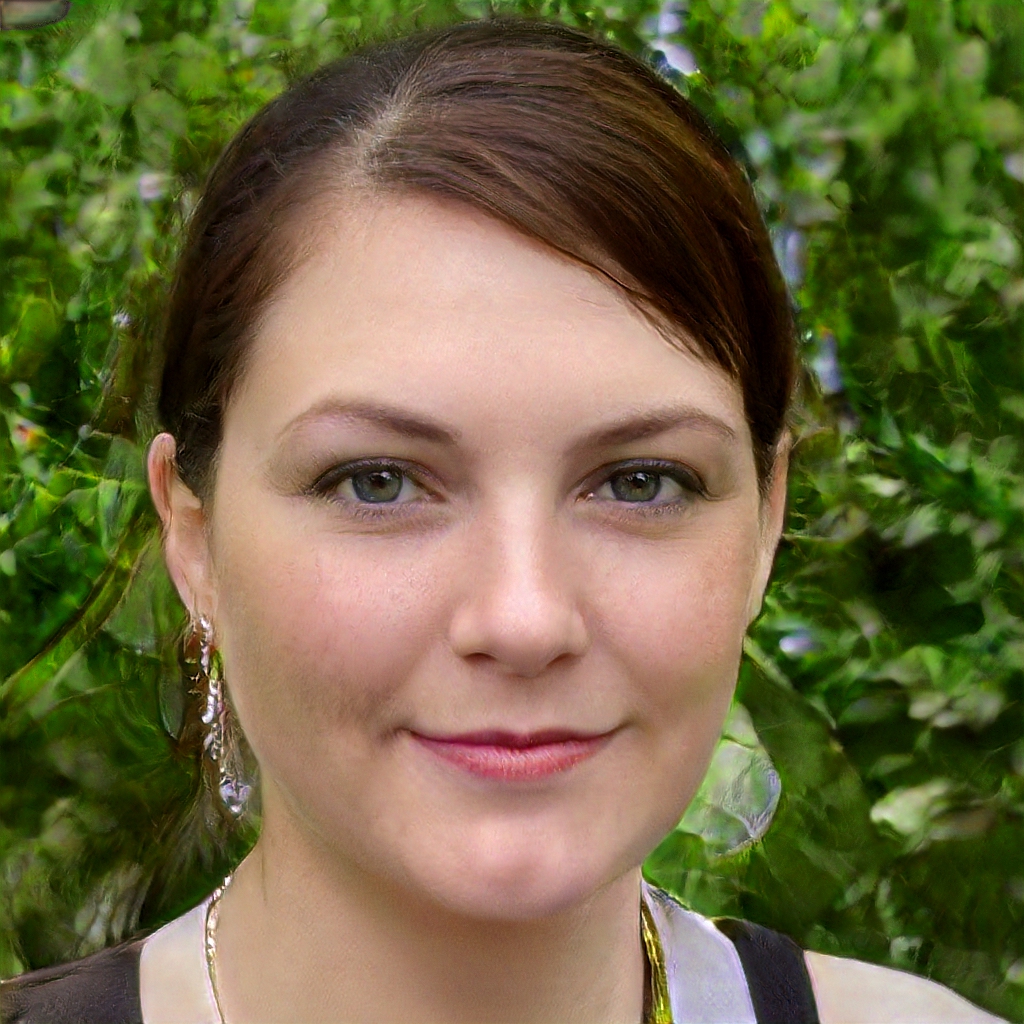This Website Creates Scarily Lifelike Faces Using AI
A clever new website uses complex AI algorithms to randomly generate a real human face for an imaginary person.
You can use computers to generate incredibly realistic fake people — just look at video games or CGI movies — but doing so tends to require a lot of computing power and technical know-how. That’s no longer the case, thanks to Thispersondoesnotexist.
This clever website uses complex AI algorithms to randomly generate a real human face, with one notable caveat — the person on display isn’t real. He or she is just a collection of randomly selected facial features from a computer program.

Motherboard has the details on exactly how the process works. The algorithm is a type of Generative Adversarial Network, or GAN. By feeding in a huge number of examples into a GAN, it can eventually learn to copy the desired features and synthesize them into something new. In order to generate a new face from scratch, all you have to do is have a ton of photos of real faces. And, if you’ve been on the Internet for any length of time, you’ll know that those are not exactly in short supply.
Gamers will not be surprised to learn that the code is based on a program that Nvidia researchers released for free on Github. It’s not hard to see how a functionality like this could be endlessly useful for game developers looking to create new, realistic characters.
As for Thispersondoesnotexist, it could not be easier to use, if you’d like to try it for yourself. Simply visit the website and click refresh each time you’d like to generate a new person. Each face you see is generated from scratch on a rolling basis, although there does seem to be an existing repository of made-up faces, too. The site can create just about anyone — white or black, male or female, adult or child and so forth. The only thing you can’t do is set your own parameters. It’s totally random each time you visit.
From my experience, the faces are pretty convincing, at least at first glance. They don’t have the kind of vagueness associated with composite face shots, and they can even show faces at slight angles, whereas less sophisticated AIs generally show them head-on. If you look for a little longer, you’ll notice areas where textures don’t exactly match (particularly around the eyes and hair), but it’s generally a very impressive program.
The “people” in the photos have wrinkles, parts in their hair, slight asymmetries in their teeth and stubble. (They don’t seem to have any freckles or birth marks, though, at least during my tests.)
Sign up to get the BEST of Tom's Guide direct to your inbox.
Get instant access to breaking news, the hottest reviews, great deals and helpful tips.
As for whether the program has any potential dangers, that’s harder to say. While there’s something uncanny valley-ish about the whole production, it’s hard to imagine them being used for any fell purposes where a stock photo wouldn’t serve equally well. Sure, you could use them to create fake social media profiles, but you could also just lift a few photos from a stranger’s Instagram to accomplish the same thing. Any real people whose photos went into this algorithm are disguised by the final product, so there’s no risk to them, either.
For now, just enjoy the site, and remember that not all GANs are harmless. Similar technology goes into creating “deepfakes,” and it’s much easier to imagine nefarious schemes for those.
- Best Antivirus Software and Apps
- Your Router's Security Stinks. Here's How to Fix It
- Best Password Managers
Marshall Honorof is a senior editor for Tom's Guide, overseeing the site's coverage of gaming hardware and software. He comes from a science writing background, having studied paleomammalogy, biological anthropology, and the history of science and technology. After hours, you can find him practicing taekwondo or doing deep dives on classic sci-fi.

